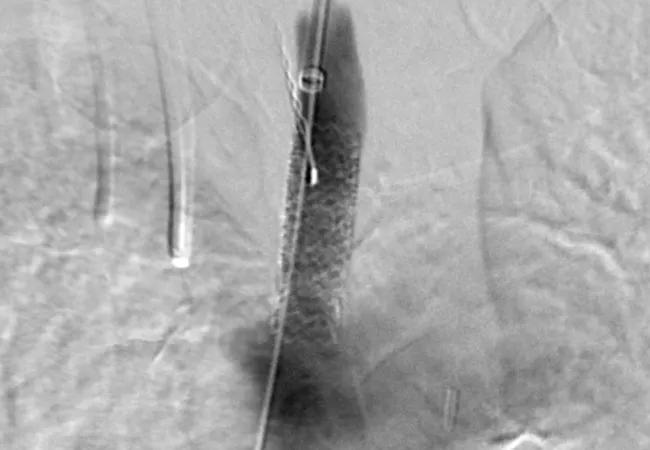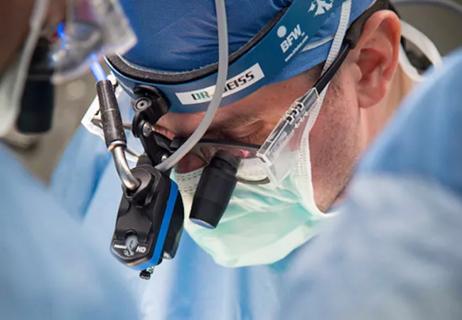JACC review makes the case and outlines how to ensure oversight

Current evidence supports Centers for Medicare & Medicaid Services (CMS) reimbursement for endovascular treatment of asymptomatic carotid artery stenosis in appropriate patients if it can be regulated through standardized training, data collection and reporting. So contends a multicenter group of cardiovascular clinicians in a recent review in the Journal of the American College of Cardiology featured as a “JACC review topic of the week.”
Cleveland Clinic is a non-profit academic medical center. Advertising on our site helps support our mission. We do not endorse non-Cleveland Clinic products or services. Policy
“Carotid artery stenting in asymptomatic patients is probably the most extensively studied vascular procedure that has not yet gained coverage status in the United States,” says review co-author Sean Lyden, MD, Chair of Vascular Surgery at Cleveland Clinic. “Over the past several years, significant new data have emerged on endovascular therapy in this population. We developed this review to summarize the state of carotid artery stenting in this setting and offer recommendations on next steps for its application and coverage in patient care.”
The authors supplement their coverage recommendation by suggesting three methods of ensuring that carotid artery stenting (CAS) is appropriately provided to asymptomatic patients by a properly prepared workforce:
“Participation in such a registry could be linked to reimbursement, much like what is now done for coronary artery bypass grafting and other procedures,” observes Dr. Lyden.
The authors support their endorsement with a review of the evolution of CAS in recent years. Points they touch upon include the following:
“Asymptomatic internal carotid artery stenosis is likely to loom ever larger as a contributor to stroke as the U.S. population continues to age,” notes Cleveland Clinic interventional cardiologist Christopher Bajzer, MD, who was not involved in writing the JACC review. “These authors are to be commended for endorsing CMS coverage of carotid artery stenting as an additional option we can turn to in appropriate cases of significant asymptomatic stenosis. As the tools for stenting in this setting continue to become safer, limiting access to these tools becomes less defensible.”
The full review is available here.

How our first century has impacted cardiovascular practice

Review offers comprehensive assessment of the landscape for wearables and more

Preserving trust in research requires vigilance and consensus around statistical nuances

Cardiac surgeon Patrick Vargo, MD, reflects on his first year as Cleveland Clinic staff

Improved risk prediction for patients is at the heart of Dr. Aaron Weiss’ research interests

Centralization would likely bring better outcomes, experts say, but may not be feasible

Dr. Daniel Burns on mentorship, robotic valve surgery, statistics and more

Editorial lays out best practices from three Cleveland Clinic surgeons